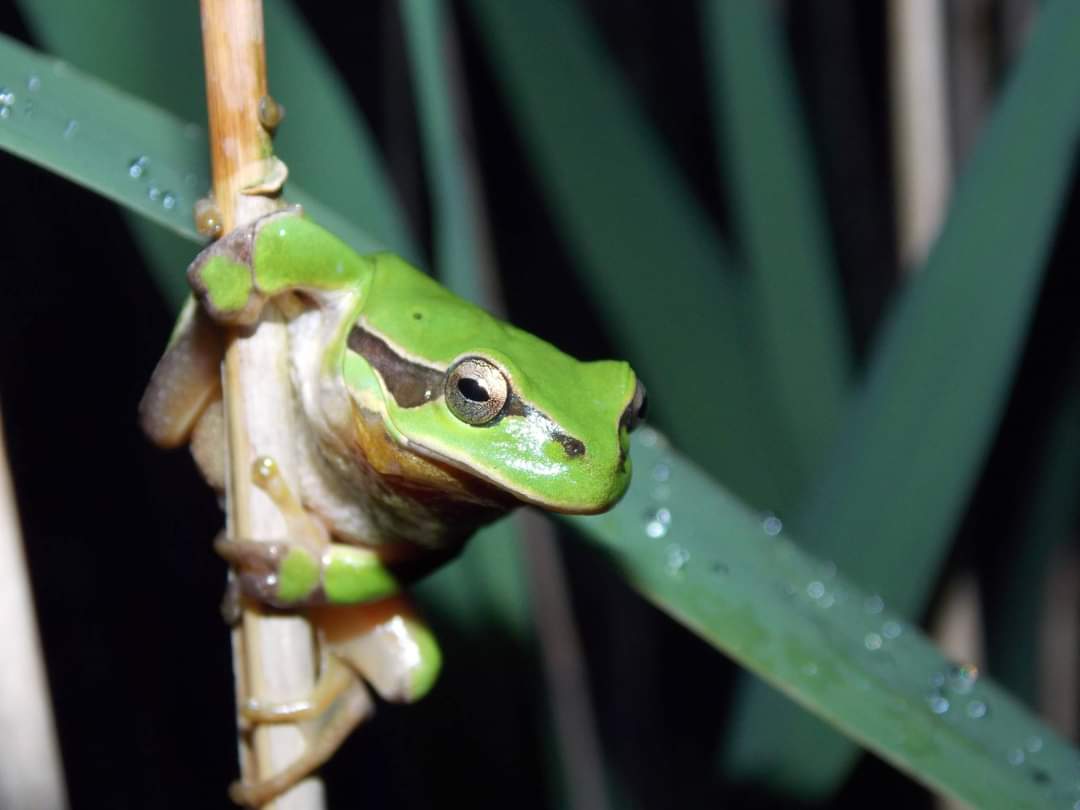In the face of ongoing wildlife declines, releasing animals back into the wild has become an increasingly popular proposition. For species with limited dispersal abilities, such as amphibians and reptiles, actively moving animals may be the only way of restoring them to some sites. Nevertheless, reintroductions are not without risk. They require careful assessment, planning and delivery – all of which can be costly. The risks and costs mean that in practice reintroduction is often not the best conservation intervention. A related issue of ‘genetic rescue’ of declining populations has also attracted interest recently. Similarly to reintroduction, such action can be very appealing but requires careful consideration.
The revised ARG UK Advice Note 12 'Amphibian and Reptile Reintroductions Guidelines for Amphibian and Reptile Groups', is intended to support volunteer Amphibian and Reptile Groups to evaluate any proposals, and determine whether the actions suggested are appropriate for their location. We also recommend consultation with other national NGOs and statutory agencies.
We would also like to thank Tariqu Stark for kindly sharing his copyrighted picture of the European Tree Frog (Hyla arborea) from The Netherlands.
You can download our revised Advice Note 12 here pdf ARG UK Advice Note 12 Amphibian and Reptile Reintroduction Guidelines Nov 2024 (updated) (291 KB)

